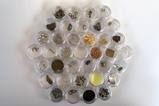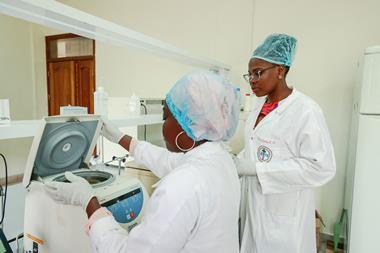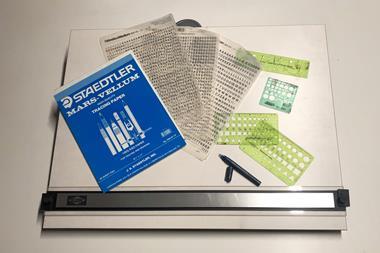Innovative approaches to women’s health awareness and participation
To say that women’s health has been historically underexplored is an understatement. Quite frankly, it continues to be underexplored. And for women from racially marginalised communities, intersectional inequalities compound this impact.
The reasons for the disparities in our understanding of women’s health include interconnected factors such as women’s lack of inclusion in research (as participants and as researchers), lack of investment, and a lack of awareness of, or interest in, conditions more commonly experienced by women and trans or gender diverse people.
Before 1993, when the United States congress enacted the National Institute of Health (NIH) Revitalization Act, women were rarely included in clinical trials. This led to a limited understanding of how drugs and other therapies affect women, which created follow-on health risks and disparities. Though things are improving, a study from 2021 that explored US clinical trials between 2000 and 2020 found that relative to the burden of disease, clinical trials in oncology, neurology, immunology and nephrology had the lowest representation of women.

This disparity is not limited to humans either. A 2009 survey of biomedical research involving animals, more specifically ‘non-human mammals’, found a bias towards the use of male animals in eight out of 10 fields surveyed, with the greatest skew towards male animals (5.5:1) observed in neuroscience.
Women’s underrepresentation in science, particularly at senior levels, has also contributed to a lack of focus on diseases or conditions that have a greater burden in women. As more women have ascended to leadership roles, the tide has slowly started to turn. It’s perhaps no surprise that the aforementioned mandated inclusion of women in clinical trials occurred while the NIH was being led by its first woman director, Bernadine Healy.
We need more women in Stem and for more of them to be empowered to lead projects, departments, institutes and government portfolios. We need to champion all forms of diversity so that science and medical research has a more inclusive focus and different forms of creative approaches.
I’ve been struck by the innovative approaches of two teams led by women, who are exploring gynaecological health in ways that also increase public awareness, connection and involvement.
Fashionable research
One is a partnership that supports research led by a cancer scientist in my hometown of Sydney at the University of New South Wales (UNSW). Caroline Ford is a professor in the School of Clinical Medicine at UNSW, where she leads the gynaecological cancer research group. For the past five years, research in Ford’s group towards a test for the early detection of ovarian cancer has been supported by a campaign from the Australian women’s fashion label Camilla and Marc, complete with slogan: ‘Ovaries. Talk About Them’.
The founders of the label, sister and brother Camilla Freeman-Topper and Marc Topper, lost their mother to ovarian cancer and opted to support Ford’s research through clothing and accessories that feature the slogan as reimagined by a different designer each year. All proceeds from the sale of campaign items are donated directly to Ford’s team, significantly contributing to research personnel while also stimulating public conversations and awareness of a disease that currently has no method of early detection.
Over 300,000 women are diagnosed with ovarian cancer each year, but sadly most are in the later stages of the disease, and the majority die within five years of their diagnosis. The funding raised in this campaign is propelling Ford’s team towards their goal of getting an early detection test into clinical trials by 2026.
‘Vaginas to write history’
Researchers at the University of Antwerp in Belgium founded the Isala project, which originally aimed to look for ‘200 vaginas to write history’ to better understand the ‘composition and function of the vaginal microbiome’ using a citizen science approach. Named after Isala Van Diest, the first woman doctor in Belgium, the project originated in the research group of Sarah Lebeer, a professor in the department of bioscience engineering and leader of the lab of applied microbiology and biotechnology.
The initial study garnered interest from far more than 200 participants. Over 6000 people registered on the Isala website within 10 days, of which 3345 participants completed the project questionnaires and delivered vaginal samples to the lab within the required timeframe. The Isala team found a collection of environmental and lifestyle factors that influenced the vaginal microbiome and are continuing to lead projects that explore how factors such as the use of menstrual products, taking vitamins, yeast infections and fasting can impact the health of the vaginal microbiome.
The Isala team are supporting communities in other places around the world to join the ‘Isala sisterhood’ and conduct research into the vaginal microbiome and increase the diversity of participation and scientific understanding in the field.

















No comments yet